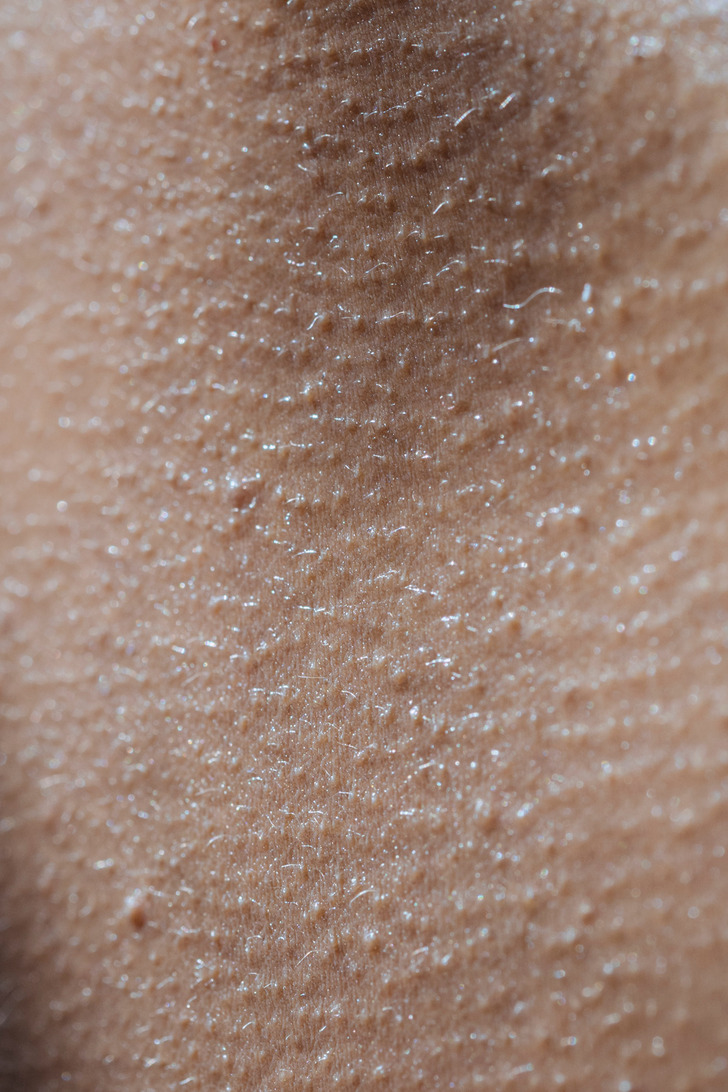A Simple Definition of Chicken Skin, and Whether It’s Possible to Get Rid of It
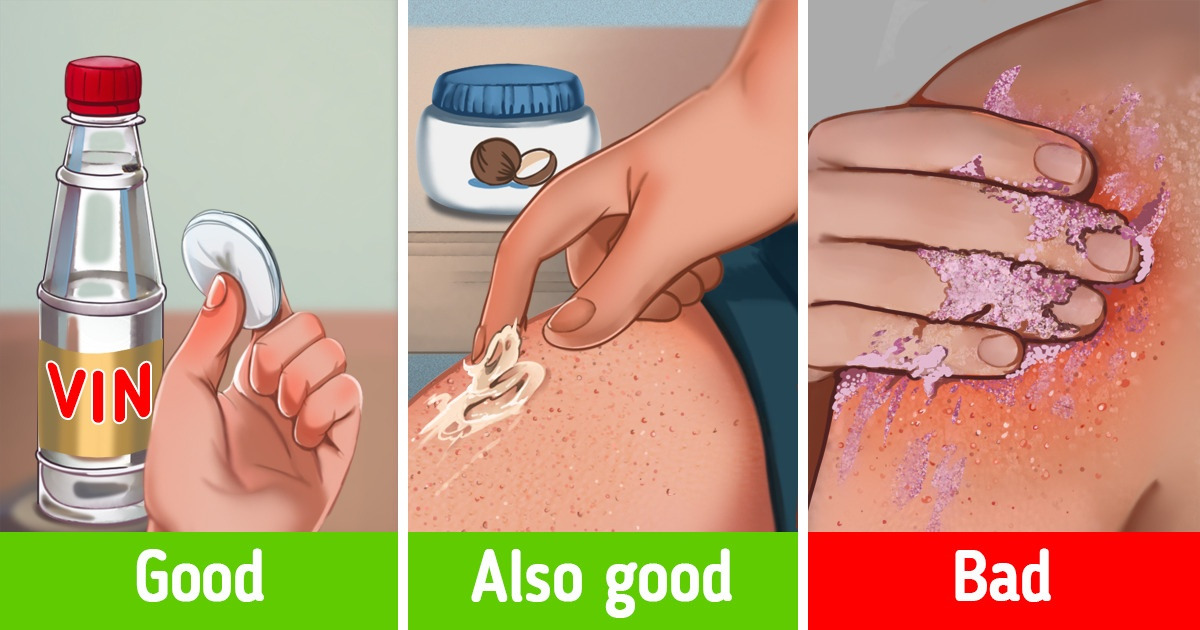
Some of us have become quite familiar with the problem of chicken skin and are probably not very happy about it. Very few people admire these bumps that prevent our skin from being smooth. But some tips can help you keep this condition under control.
5-Minute Crafts would like to tell you about what chicken skin is, and whether it’s possible to get rid of it.
❗ This article is for information only and can’t replace a doctor’s recommendations.
What chicken skin is
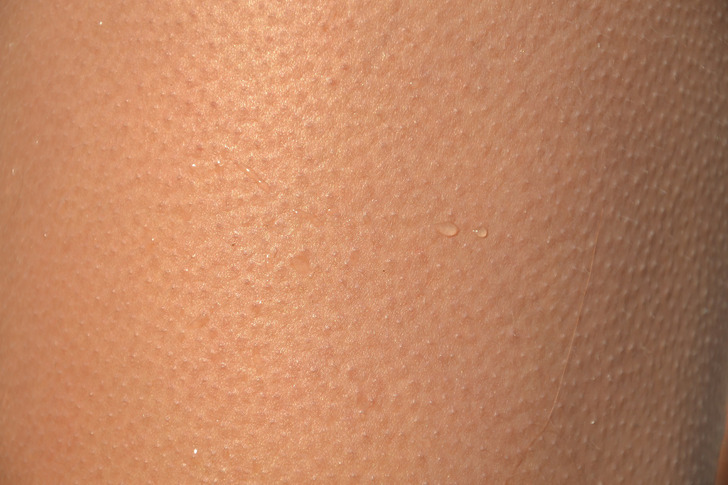
Keratosis pilaris is a condition that causes small, hard bumps to appear on the skin. It’s quite common, harmless, and not contagious. Keratosis pilaris is sometimes called “chicken skin.”
It tends to appear on the upper arms, thighs, and cheeks most often but can occur on any part of the skin that has hair follicles. These bumps appear around the hair follicles and are usually painless. They can match the color of the skin or may look red, brown, or white.
Symptoms
The main feature of keratosis pilaris is patches of tiny, rough bumps on your skin. But sometimes it may have some other symptoms.
- Itching or dryness: Your skin may look dry and itchy, especially on the upper arms and legs.
- Irritation: Due to irritation, the bumps may become more noticeable. This condition is called frictional lichenoid dermatitis.
- Roughness of the skin: The skin covered with bumps can become noticeably rough and look like sandpaper.
- The bumps can get worse in the winter months when the air becomes drier.
Note that these symptoms can also be signs of eczema, psoriasis, allergies, or fungal infections. Consult a doctor for an accurate diagnosis.
Important! To prevent scarring and infection, you should not pick at, scratch, or try to pop these bumps.
What causes keratosis pilaris
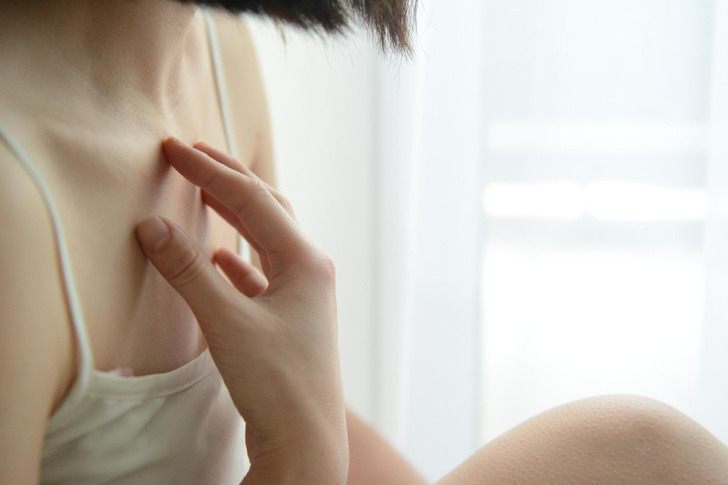
Keratosis pilaris is caused by a buildup of keratin, a protein that protects the skin from infections and other harmful factors. The buildup forms a plug that blocks the hair follicle.
Bumps are more common in children and teenagers, and the process of their appearance can be activated during puberty. People with dry skin are more likely to have keratosis pilaris. It can worsen during the winter months when the air becomes dry. However, dry bumps on the skin may disappear in summer as well.
The following factors and diseases may cause keratosis pilaris:
- Genetics
- Fair skin
- Vitamin A deficiency
- Certain skin conditions, like eczema or ichthyosis vulgaris
- Asthma
- Hypothyroidism
- Cushing’s syndrome
- Diabetes
- Obesity
If it should be treated
Keratosis pilaris is not dangerous, so you don’t need to treat it. For some people, it can go away on its own or become less noticeable by about age 30.
If the bumps make you feel uncomfortable, you can treat your condition with the help of various skin care products. However, keep in mind that the treatment should be prescribed by your doctor.
Your healthcare provider may prescribe certain strong moisturizers that may help you. Ingredients such as urea, alpha hydroxy acids, salicylic acid, and glycolic acid can sometimes improve the look of affected skin. Medicated vitamin A creams can help decrease the buildup of keratin that causes the bumps.
When using these products, strictly follow the doctor’s instructions and dosage. Overuse can cause skin irritation.
Laser treatments can also be used to treat keratosis pilaris.
What can help you get rid of chicken skin at home
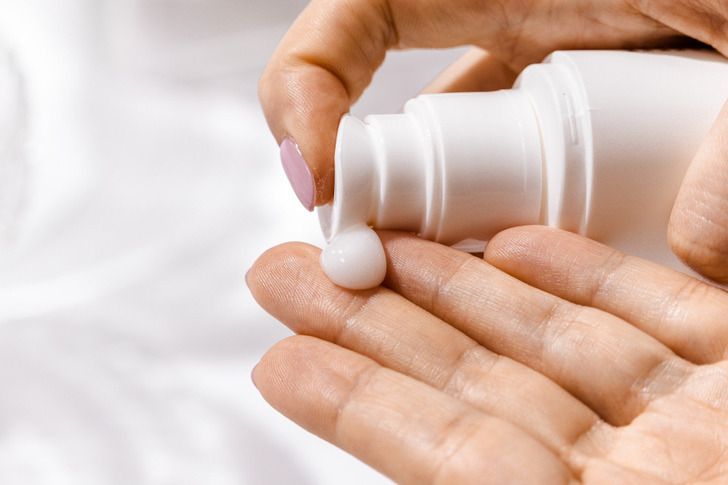
- Over-the-counter moisturizers and lotions keep skin hydrated and minimize bumps. Apply moisturizer several times a day, especially after a shower, while the skin is still wet. Experts recommend moisturizers with ammonium lactate and alpha hydroxyl acids.
- Coconut oil is perfect for damaged skin. It is not only moisturizing but also has anti-inflammatory and antibacterial properties.
- Water is important, as a lack of it in the body can make keratosis pilaris worse. To keep your skin hydrated and minimize the appearance of this condition, make sure to drink plenty of fluids.
- Exfoliating using a washcloth, exfoliating gel, or scrub can also improve your skin condition. Gently scrub the affected areas in circular motions while showering. But don’t scrub too hard, as this can irritate your skin and make your symptoms worse.
- Gentle skin care can be helpful, as some people notice that their skin condition improves when they follow these guidelines:
— Don’t take a shower for too long (15 minutes or less).
— Use warm water, not hot.
— Use a mild exfoliating soap or shower gel.
— Moisturize your skin daily. - Don’t wear tight clothing. Friction can cause skin irritation.
- Keep the air humid in your home with a humidifier.
Home remedies
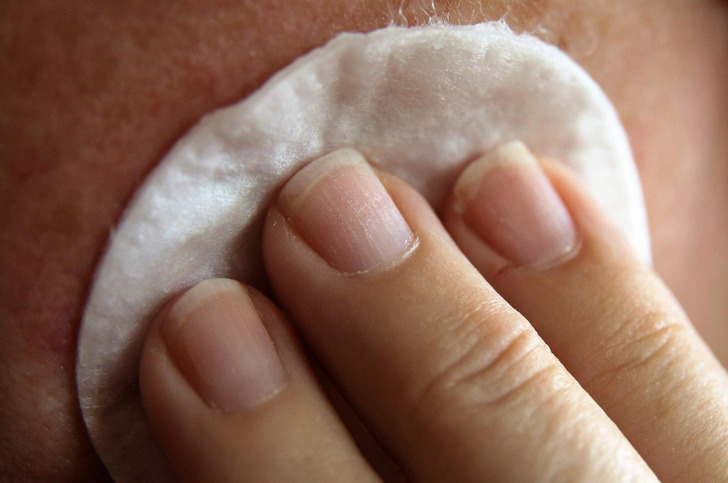
- Apple cider vinegar contains malic acid, which naturally exfoliates the skin. Mix vinegar with water at a ratio of 1:1, apply it to a cotton round, and rub it on the affected area.
- Baking soda is also a great exfoliator. Mix 2 teaspoons of baking soda with a little warm water to make a paste. Apply the paste to the skin and gently massage in circular motions for 5 minutes. Then rinse it off.
Of course, these remedies won’t help you get rid of keratosis pilaris once and for all. But you can minimize the appearance of bumps with their help.
Important! Before using these remedies, consult your doctor because they can cause an allergic reaction.
